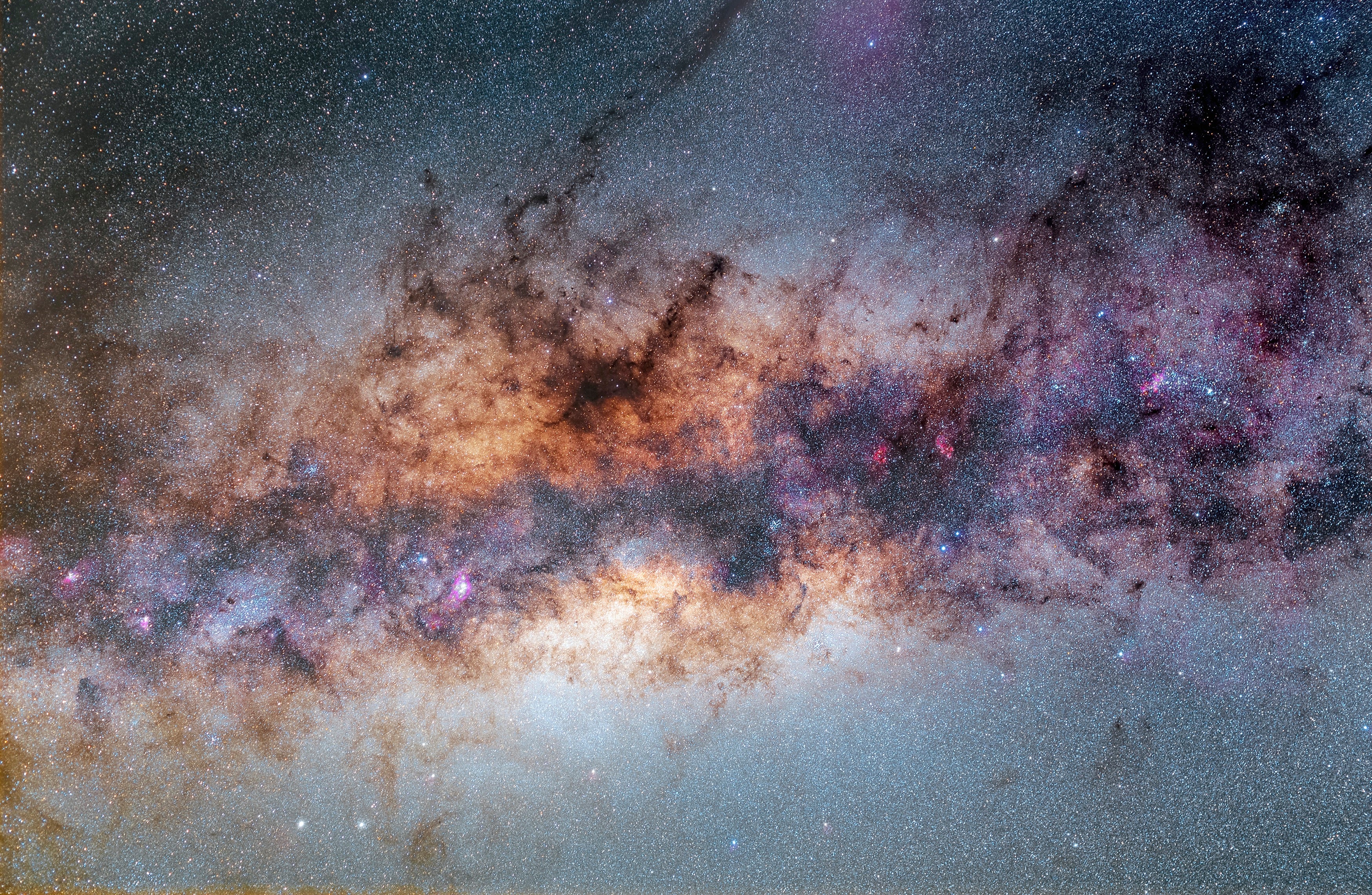
This month, let’s try something a little different. Rather than looking for visible objects, we are going to look for the invisible. We are hunting for dark nebulae.Due to their subtle nature, dark nebulae were largely overlooked by early telescopic observers. It was not until the advent of photography that the study of dark nebulae really got underway.Most of our early knowledge about these black clouds came about through the diligence of American astronomer Edward Emerson Barnard, whose Catalogue of 349 Dark Objects in the Sky, published in 1927, can be thought of as the Messier catalog of dark nebulae. It contains most of the genre’s showpiece objects and remains a standard reference. Another often-cited listing is Beverly T. Lynds’ Catalog of Dark Nebulae. The Lynds catalog was published in The Astrophysical Journal Supplement, vol. 7, in 1962.Let’s begin big, with the largest example north of the celestial equator, the Northern Coalsack in Cygnus. Officially cataloged as Lynds 906, the Northern Coalsack creates a 5°-by-6° oval “hole” in the triangle framed by Deneb (Alpha [α] Cygni), Sadr (Gamma [γ] Cygni), and Gienah (Epsilon [ε] Cygni). Given good skies, the Northern Coalsack is easily visible through small pocket binoculars, and even by eye alone. Its large span will more than fill the field of most 50mm and larger binoculars, so you’ll need to scan slowly to define its edges.Scanning southward along the plane of our galaxy, let’s next try our luck with Barnard 142 and Barnard 143, in Aquila. Both are better known as “Barnard’s E” because, under rural skies, they collectively form a very distinctive capital E against the bright background. The E is easy to locate, just 3° northwest of brilliant Altair (Alpha Aquilae) and 1° west of Tarazed (Gamma Aquilae).Barnard 143, the northernmost of the two, resembles the prongs of a handleless fork opening toward the west. Barnard 142 lies just to the south and is shaped like an irregular, starless rectangleMy most memorable view of Barnard’s E came several summers ago while observing from the Stellafane telescope makers convention in Springfield, Vermont. Its silhouette was unmistakable against the star-filled backdrop through my 10x50s. But when I swung my 16x70s its way, curiously it lost some of its visual impact. That might have been due to their narrower field. I’d be interested to hear from readers about your own experience viewing the E.Let’s close with a large dark nebula complex in southern Ophiuchus, midway between the Small Sagittarius Star Cloud (M24) and brilliant Antares (Alpha Scorpii). This one is so large that it is assigned several individual entries in the Barnard catalog that together form the Pipe Nebula. From a dark-sky site, its smoking-pipe shape stands out nicely against the starry milieu. The “bowl” of the pipe, designated Barnard 78, looks roughly rectangular, while the long, thin “stem” is formed by the combination of Barnard 59, 65, 66, and 67. The Pipe is surprisingly obvious in binoculars, given good sky conditions. Note that it spans more than 7°. So, once again, a wider field of view will outmaneuver larger binoculars.But wait, there’s more. By adding in other, more subtle patches northwest of the Pipe, the area transforms into the profile of a prancing horse. Former Astronomy editor Richard Berry was the first person to widely publicize the shape of the Galactic Dark Horse.Assembling the horse is like piecing together a cosmic jigsaw puzzle. The Pipe forms the horse’s hindquarters, with the bowl of the pipe as the steed’s hip and the stem its rear leg. Crescent-shaped Barnard 63 marks its bent front leg, while the remainder of the horse’s torso is created by Barnard 67a, 72, 75, 261, 262, 266, 269, and 396. Barnard 276 outlines the profile of the horse’s head, Barnard 259 marks its nose, and Barnard 268 completes its mane.
I hope you’ve enjoyed our journey into the dark side. Until next month, remember that two eyes are better than one.









